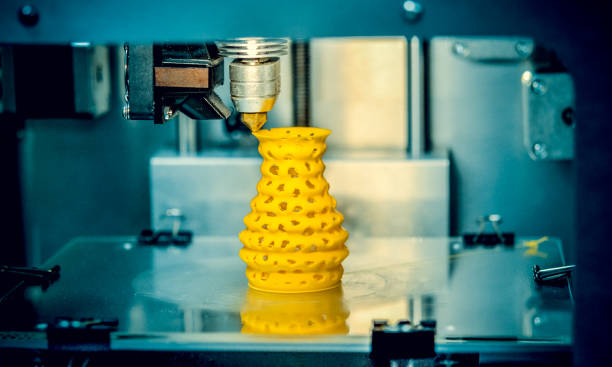
3D printing has revolutionized the way we create objects, from small parts and prototypes to complex designs and artistic creations. However, achieving high-quality prints can be a challenging task, especially for beginners. In this blog post, we’ll cover 5 tips for achieving high-quality prints with your 3D printer.
-
Use High-Quality Filament
The quality of your 3D prints depends largely on the quality of the filament you use. Low-quality filaments can lead to inconsistent prints, clogging of the printer’s nozzle, and other issues that can affect the final product. To achieve high-quality prints, make sure to invest in high-quality filament from reputable manufacturers. Look for filaments with consistent diameter and color, and check for reviews and recommendations from other 3D printing enthusiasts.
-
Calibrate Your Printer
Proper calibration of your 3D printer is essential for achieving high-quality prints. Calibration ensures that the printer’s nozzle is properly aligned, the bed is level, and the extruder is feeding the filament correctly. Make sure to calibrate your printer regularly, especially if you notice any issues with your prints, such as warping or uneven layers. There are many online resources and tutorials that can guide you through the calibration process.
-
Choose the Right Printing Settings
The printing settings you choose can greatly affect the quality of your prints. This includes parameters such as layer height, infill density, print speed, and temperature. To achieve high-quality prints, choose settings that are appropriate for the specific object you’re printing, as well as the filament you’re using. You may need to experiment with different settings to find the optimal combination for your printer and filament.
-
Use Support Structures
Support structures are an essential tool for achieving high-quality prints, especially for objects with overhangs or complex geometries. Support structures provide a temporary scaffold for the printer to build upon, preventing the print from collapsing or deforming during the printing process. Make sure to enable support structures in your slicing software and carefully remove them once the print is complete.
-
Post-Processing and Finishing
Post-processing and finishing techniques can greatly enhance the quality of your 3D prints. This includes techniques such as sanding, painting, and polishing, which can smooth out rough surfaces and improve the overall appearance of the print. Additionally, post-processing can help to strengthen the print and increase its durability. Consider experimenting with different post-processing techniques to achieve the desired results.
Conclusion
Achieving high-quality prints with your 3D printer requires a combination of knowledge, skill, and attention to detail. By using high-quality filament, calibrating your printer, choosing the right printing settings, using support structures, and utilizing post-processing and finishing techniques, you can achieve prints that are accurate, detailed, and visually appealing. Remember to approach 3D printing with a patient and experimental mindset, and don’t be afraid to seek advice and guidance from other enthusiasts in the community. With practice and perseverance, you can become a master of 3D printing and unlock its full potential for creating amazing objects and designs.


